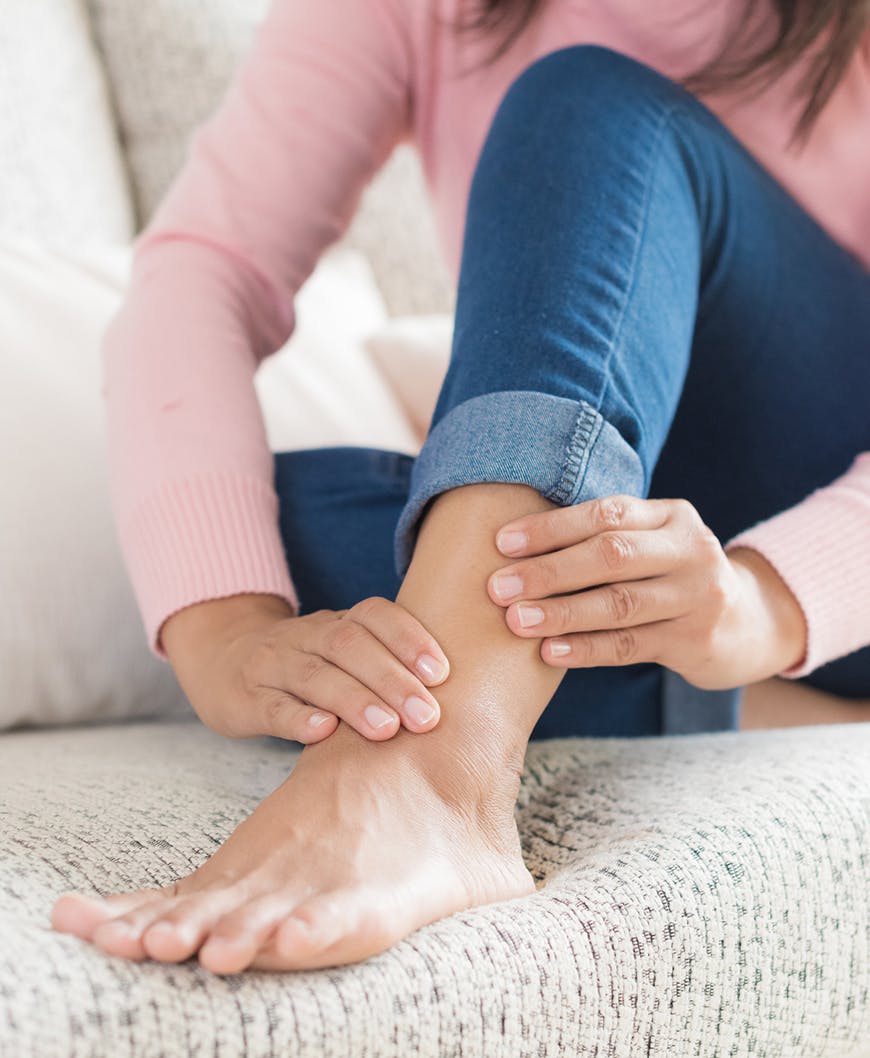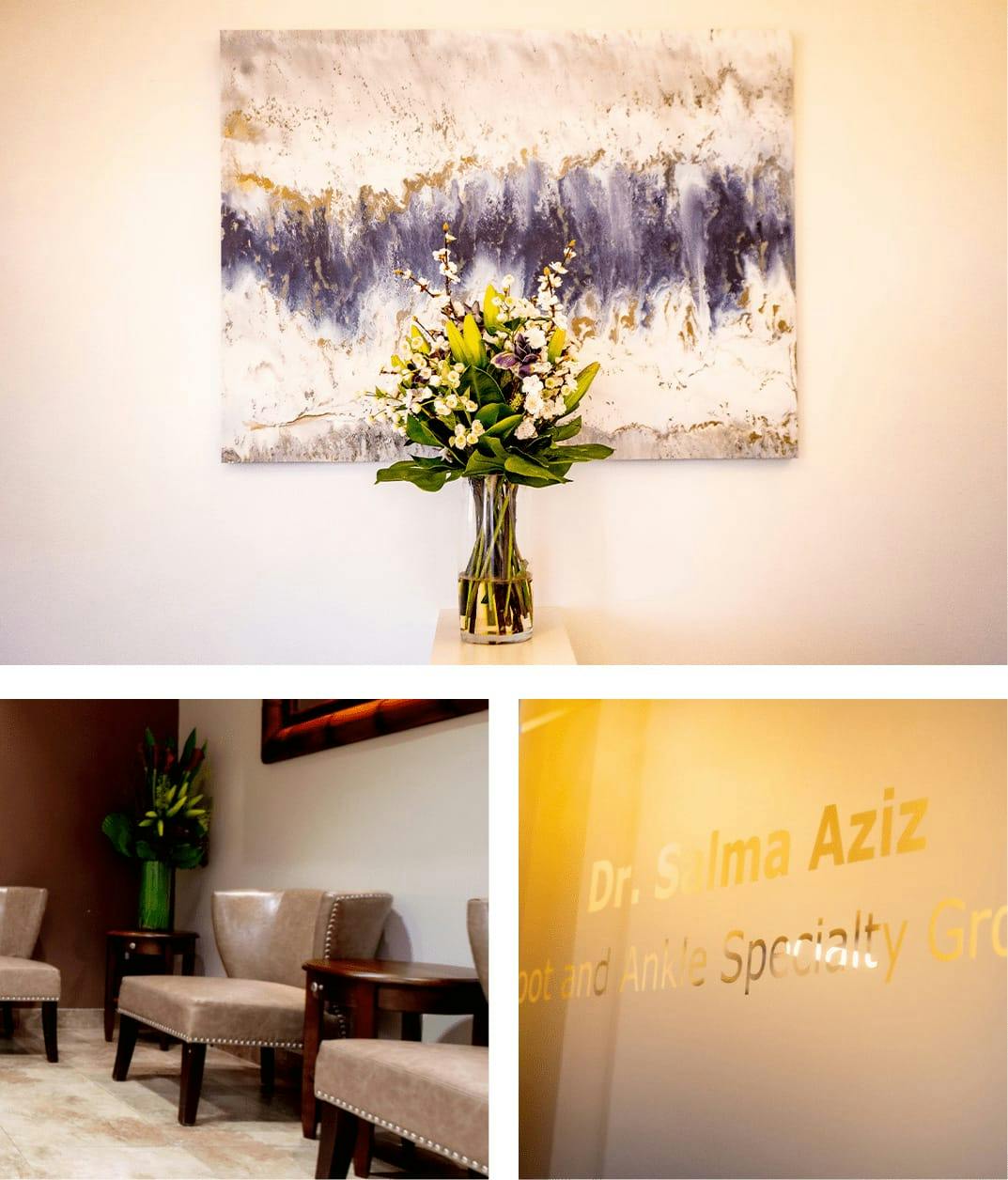Our feet are responsible for supporting our entire weight, as well as transporting us every day — yet they are often overlooked until they start to cause us pain. If you’ve started to notice pain in your big toe, especially when first standing up, it could be a condition called “hallux rigidus”.
Non-Surgical Treatment
If your condition is caught early, your doctor may want to hold off doing any surgical treatments. There are a few interventions you can try to reduce the pain and increase mobility, but bear in mind that they will not cure the condition. These treatments include:
- Modified shoes (like a shoe that has a larger toe box or stiff-soled shoes)
- Custom orthotics that can be put inside your shoe to reduce pressure to your toe and improve function
- Pain relievers and anti-inflammatory medications such as ibuprofen to help reduce pain and swelling
- Injections of corticosteroids or platelet-rich plasma (PRP) may help with more severe pain
- Physical therapy may be prescribed as well









